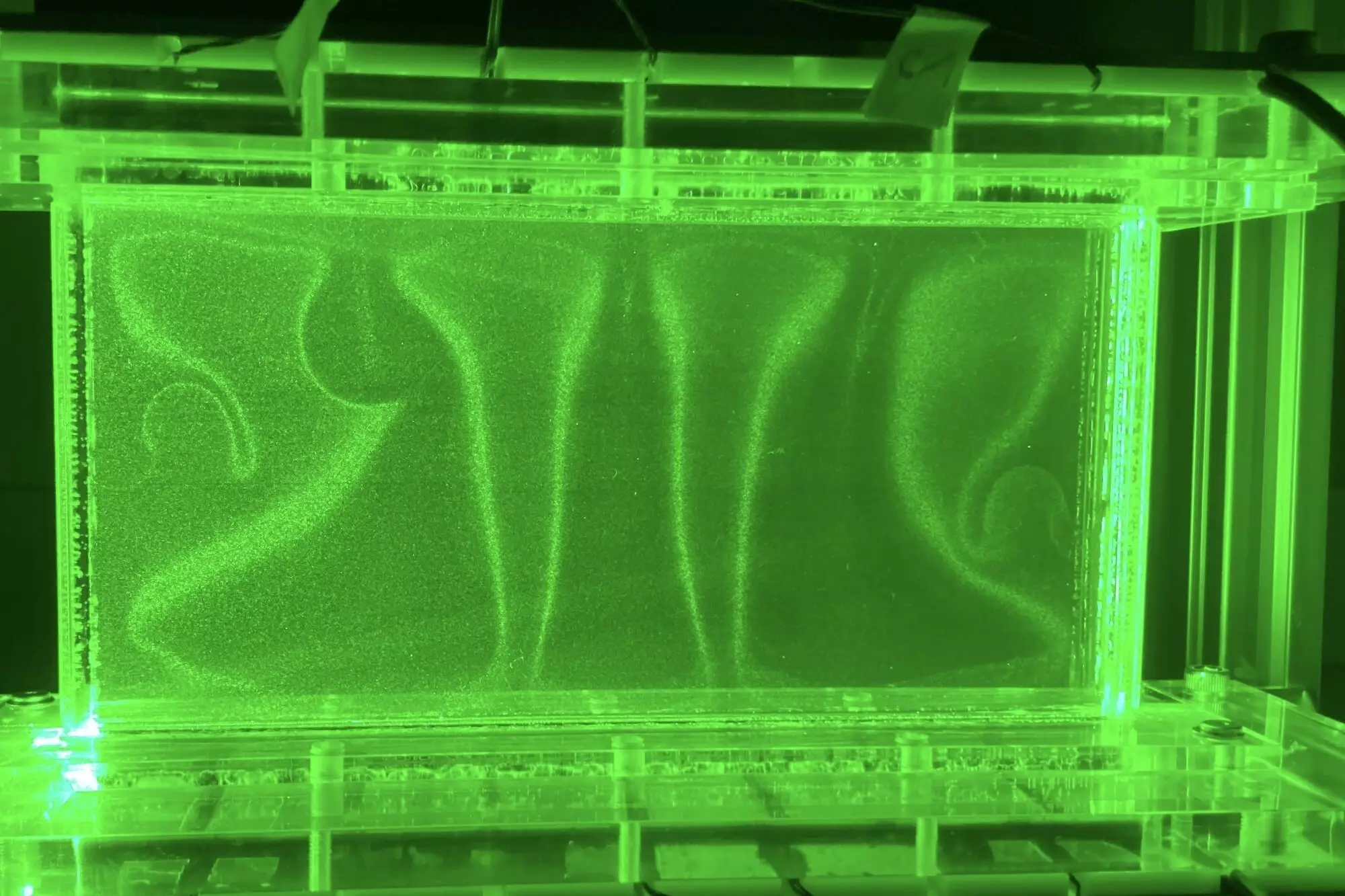The digital age has ushered in innovations that have transformed the way we cook, with air fryers standing tall among them. Just a quick search for “air fryer recipe” on social media platforms bombards you with an avalanche of videos, showcasing tantalizing meals that can supposedly be created in mere minutes. Marketed as a healthier and more convenient alternative to traditional frying methods, air fryers are claiming their stake in modern kitchens. However, the underlying technology is not as groundbreaking as advertised; rather, it draws upon principles of convection heat that have been utilized in ovens for generations.
Despite their popularity, the mechanics of how air fryers operate raise questions about a deeper understanding of convection heating—an area often overlooked in culinary discussions. The increasing focus on convenience does not necessarily equate to a comprehensive knowledge of the science behind the methods being employed.
The Science Behind Heat Transfer
At the heart of this culinary trend lies the concept of convection, a principle rooted in fluid dynamics. Researchers, including Hugo Ulloa from the University of Pennsylvania, have been delving into how temperature gradients create varying densities within fluids. This principle underpins how heat transfers in both cooking devices and natural systems, such as ocean currents and atmospheric behavior.
Ulloa’s collaborative research has illuminated the nuances of how confined spaces affect heat transfer efficiency. The observations drawn from their studies challenge conventional wisdom about how thermal energy behaves in limited environments. “As we compress the system, we see the emergence of thermal plumes—tiny mushroom-like structures fundamental to convection,” Ulloa notes, simplifying a complex subject into a palatable nugget of information.
This research not only has implications for culinary applications but also can significantly influence fields like geothermal energy harvesting and the design of advanced biomedical devices.
Unlocking Convection’s Potential
With their experiments, Ulloa and his team employed a Hele-Shaw cell concept, a clever way to visualize fluid motion in confined spaces. By tweaking the gap between plates and manipulating temperature gradients, the researchers were able to observe how confinement influences heat transfer—the nuances of which can drastically alter outcomes in a cooking scenario.
For instance, the size and shape of thermal plumes can directly impact how efficiently heat is spread within the air fryer. These revelations suggest that the traditional view of air fryers merely as kitchen gadgets might need updating to include their potential as tools for optimizing cooking processes based on scientific principles. As the gap within a system decreases, the heat transfer becomes more efficient, highlighting a clear area where home cooks can benefit from understanding the mechanics at play.
Expanding Applications Beyond Culinary Arts
The ramifications of this research extend far beyond the kitchen countertop. Understanding the mechanisms of heat transfer in confined environments is critical for various industrial applications, including computer cooling systems and sustainable energy tech. The study’s findings open doors to more energy-efficient designs, not only in home appliances but also in fields like material science and environmental engineering.
Ulloa and his colleagues have added to our knowledge base by developing a new metric, termed the degree of confinement (λ). This metric seeks to quantify how confinement nuances the flow of materials and energy, allowing for a greater understanding of fluid dynamics in a multitude of contexts. In essence, this research could pave the way for breakthroughs in both energy-efficient technology and food preparation.
The Road Ahead in Research
Looking towards the future, Ulloa’s team aims to dive deeper into uninvestigated territories, focusing on how the mixing of various physical properties occurs in confined systems. By studying the interactions between heat and other elements, such as nutrients and minerals, the research could have profound implications for environmental science and engineering projects.
This quest for knowledge promises to refine existing processes and develop new methodologies that could enhance practical applications in fields ranging from agriculture to waste management. With ongoing studies at the forefront, the interplay between science and practical cooking continues to blur the lines, urging us to consider the deeper implications of even the most seemingly simple kitchen technologies.
By rekindling our curiosity for the science underlying our cooking practices, we might not only enhance our dining experiences but also lead the way to more intelligent and sustainable culinary choices. Understanding air fryers on a foundational level encourages home cooks to embody informed culinary artistry, ultimately transforming our relationship with food and technology.


Leave a Reply